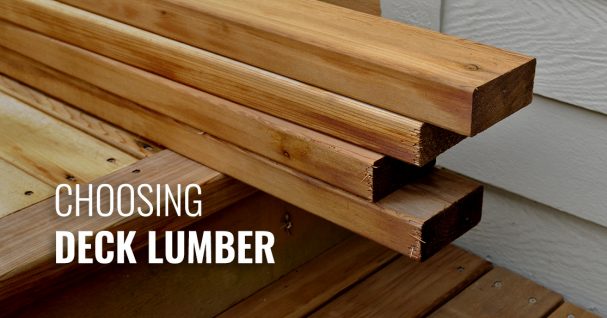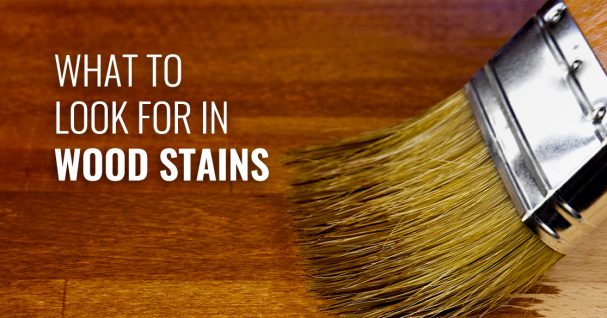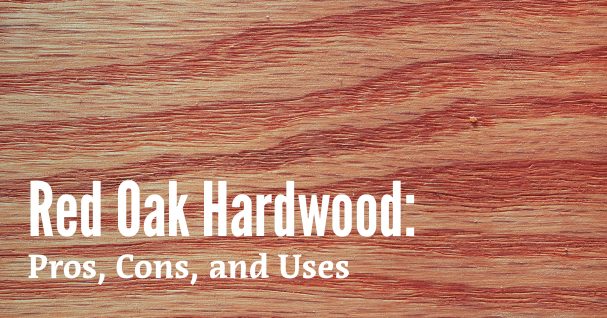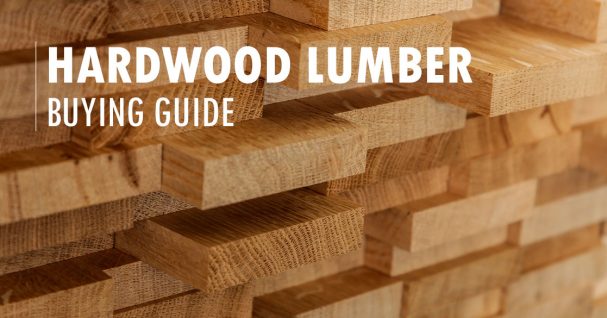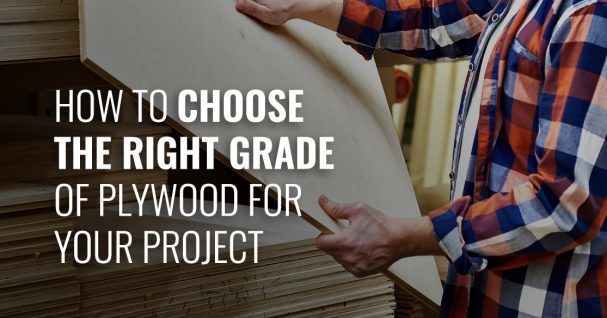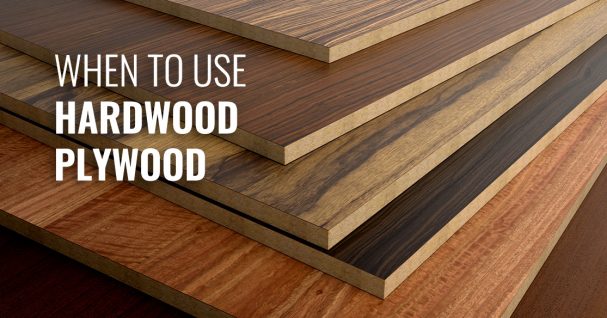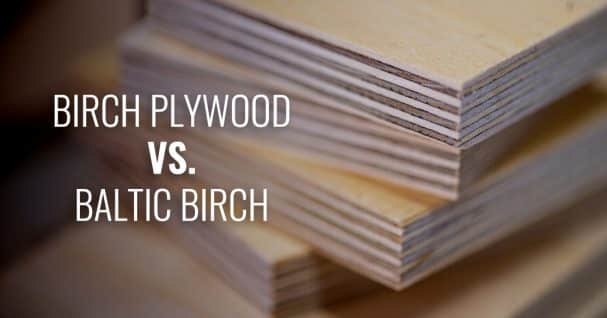
Whether you’re an avid woodworker or just dipping your toes into DIY building projects, you have a lot of options when it comes to buying your wood. To help you decide where to purchase your lumber, we’re breaking down some of the most important things to consider when shopping for lumber and seeing how local
Read more »

